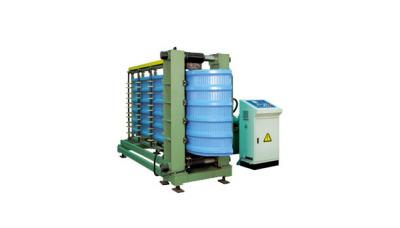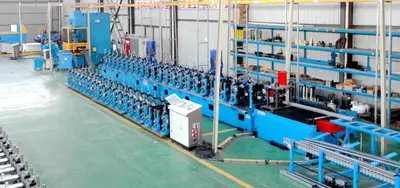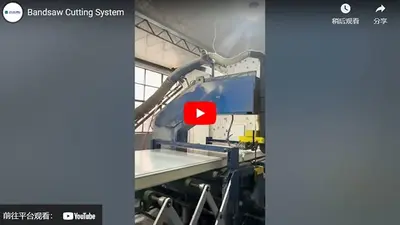The Advantages of Rock Wool
Rock wool does not contain any toxic or harmful substances, and even at high temperatures, it does not release gases that are detrimental or harmful to the environment and human health.
In terms of waterproofing, rock wool has strong water repellency and a low water vapor permeability resistance value, which can effectively reduce the occurrence of mold on building walls. Regarding thermal insulation, rock wool has a low thermal conductivity and excellent thermal insulation properties.
Absorption
Rock wool is a porous fiber material. As sound passes through it, the vibration and friction of the fibers consume sound energy, thereby playing a sound-absorbing role.
Regarding Stability
Rock wool has high stability; its thermal conductivity does not change over time, and it has a low expansion rate. It does not create additional stress on the surface's grid cloth and mortar due to thermal expansion or contraction. Additionally, rock wool does not contain reactive elements or corrosive components and does not include solvents, oily substances, or plasticizers that impact buildings. It is not prone to aging and can last as long as the main structure of the building.
Mechanical Performance
With improvements in the production process, rock wool has relatively good compressive strength and tensile strength. On the other hand, it also offers ease of construction, as it can be cut into the required shapes using simple cutting tools at the construction site.
Rock wool panels produced using rock wool production line equipment are made from fibers formed by high-temperature melting, with a suitable amount of binder added and cured. They are widely used in industries such as shipbuilding, metallurgy, power, and construction due to their excellent thermal insulation and soundproofing effects. The convenience of construction and installation, along with significant energy-saving effects, give them a high performance-to-cost ratio. Rock wool panels are a new type of insulation, fire retardant, and sound-absorbing material.
The Structural System of Rock Wool Production Line
The structural system of the rock wool production line primarily includes: bonding layer, insulation layer, plaster layer, finishing layer, and accessories. The bonding layer is part of the building, lying between the base layer and the surface layer. The rock wool production line mainly uses cementitious materials to firmly bond the upper and lower layers together.
In summary, it is precisely due to the above advantages that rock wool production lines are so popular today! Rock wool production lines have been widely used in fields such as construction, metallurgy, ships, and electric power.


 CN
CN
 EN
EN
 fr
fr  de
de  es
es  it
it  ru
ru  pt
pt  ar
ar  th
th  pl
pl  ro
ro 







 Call us on:
Call us on:  Email Us:
Email Us:  #1809, Jianhu Rd, Keqiao, Shaoxing, Zhejiang, China
#1809, Jianhu Rd, Keqiao, Shaoxing, Zhejiang, China 